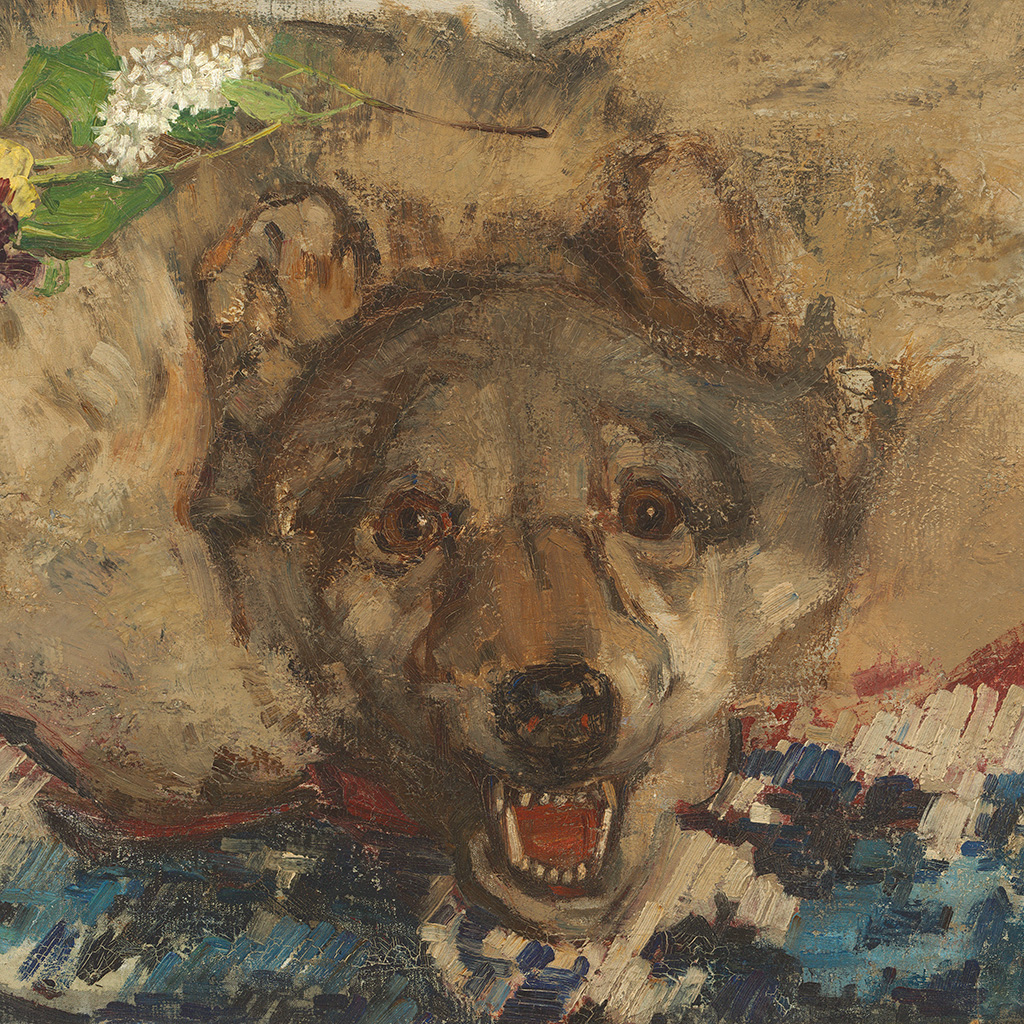A Wolf in Sheep’s Clothing
James McNeill Whistler, The White Girl, and the Animal(s) in Question.
DOI:
https://doi.org/10.52537/humanimalia.13562Keywords:
James McNeill Whistler, painting, wolf, sheep, iconography, symbolismAbstract
James McNeill Whistler’s painting, Symphony in White, No. 1: The White Girl, has been the focus of much art historical analysis, but the animal rug beneath the feet of his model has received little attention. In this essay I suggest that Whistler represented a mounted wolf’s head sitting on top of a large sheepskin rug, i.e., a wolf in sheep’s clothing. Exploring the diverse meanings of this symbol within the context of the painting complicates how we understand the work and reinforces its importance as a reflection of the artist’s life and ambitions at the time he created it.
Downloads

Published
Issue
Section
License
Copyright (c) 2023 Laura D. Gelfand (Author)

This work is licensed under a Creative Commons Attribution-NonCommercial 4.0 International License.









